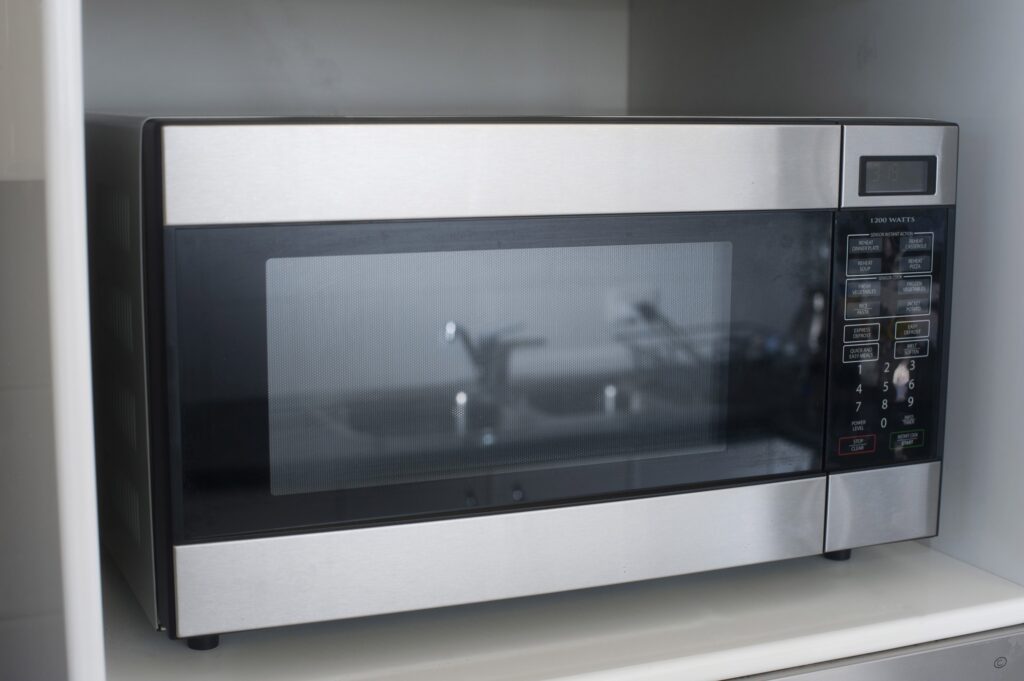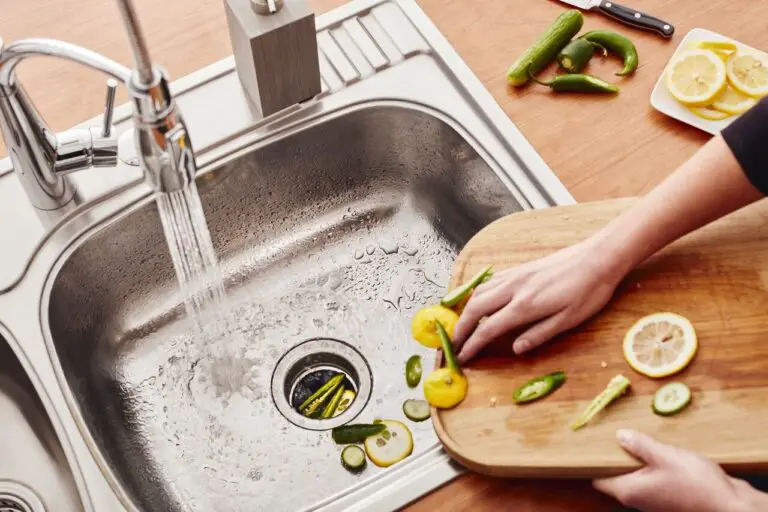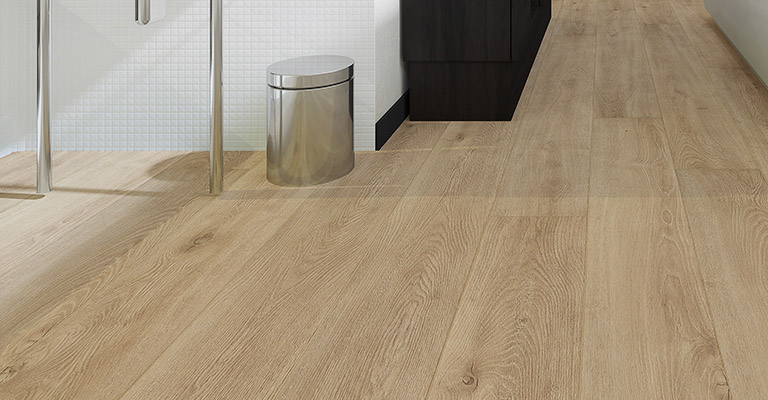Discovering the Standard Microwave Size

Microwaves have become an indispensable appliance in modern kitchens. Whether you’re a student living in a dorm, a busy professional, or a family, a microwave offers the convenience of quick cooking and reheating. However, when it comes to choosing the right microwave, size matters. In this article, we will delve into the world of standard microwave sizes, helping you find the perfect fit for your kitchen.
Why Microwave Size is Important
The size of your microwave impacts not only the amount of kitchen space it occupies but also its utility. A microwave that’s too small may not accommodate your cooking needs, while a too-large microwave can overwhelm your kitchen space.
Types of Microwaves
Before we discuss size, it’s crucial to understand the types of microwaves available:
Countertop Microwaves
These are the most common and come in various sizes. They are versatile and can be placed anywhere in the kitchen.
Over-the-Range Microwaves
These are installed above your stove and typically include a range hood. They are great space-savers.
Built-in Microwaves
These are integrated into your cabinetry, offering a seamless look. They require professional installation.
Standard Microwave Dimensions
Now, let’s talk about dimensions. Microwave sizes are generally measured in two ways: external dimensions (height, width, and depth) and internal capacity (cubic feet).
External Dimensions
The standard external dimensions for countertop microwaves are approximately 15 to 24 inches wide, 10 to 14 inches high, and 10 to 18 inches deep. However, these dimensions can vary based on the model and brand.
Internal Capacity
This is measured in cubic feet and gives an idea of how much food you can cook or reheat at once. Standard microwaves range from 0.5 to 2 cubic feet. For a family, a microwave of 1 to 2 cubic feet is typically sufficient.
Choosing the Right Size
When selecting a microwave, consider the following:
Kitchen Space
Measure the area where you plan to place the microwave. Ensure there’s enough space for ventilation.
Usage Needs
If you frequently cook large meals, opt for a larger capacity. For basic reheating, a smaller microwave might suffice.
Features and Wattage
Larger microwaves often come with additional features and higher wattage, which means faster cooking times.
Installation and Ventilation
Proper installation and ventilation are crucial for safety and efficiency. Over-the-range and built-in microwaves require more careful installation, often needing professional help. Countertop models are more straightforward but still need adequate space for air circulation.
Brands and Pricing
Popular brands like Panasonic, Samsung, and LG offer a range of sizes and features at different price points. Price can vary from around $50 for basic models to $500 or more for advanced units with additional features.
Energy Efficiency and Sustainability
In today’s eco-conscious world, considering the energy efficiency of your microwave is crucial. Most modern microwaves are designed to be energy-efficient, but the size and wattage can impact your energy consumption. Smaller microwaves tend to consume less power, making them more suitable for those looking to reduce their carbon footprint. Always check for energy ratings and eco-friendly features when selecting a microwave.
Design and Aesthetics
The design and aesthetics of a microwave are also important, especially if you are keen on maintaining a specific style in your kitchen. Modern microwaves come in various finishes, including stainless steel, black, and white, and range from classic to contemporary designs. The size and style of the microwave should complement your kitchen’s décor and other appliances.
Advanced Features
Apart from size, modern microwaves come with a variety of advanced features:
Convection Cooking
Some larger microwaves offer convection cooking, allowing you to bake and roast like a traditional oven.
Sensor Cooking
This feature adjusts cooking time and power based on the moisture content of the food, ensuring perfectly cooked dishes.
Inverter Technology
Found in some high-end models, inverter technology provides more even heating and defrosting.
When choosing a microwave, consider which features align with your cooking habits and needs.
Care and Maintenance
To ensure longevity, proper care and maintenance of your microwave are essential. Regular cleaning, checking the door seal, and avoiding metal inside the microwave are basic yet crucial aspects of microwave maintenance. Remember, a well-maintained microwave, regardless of size, will always perform better and last longer.
Making an Informed Decision
When shopping for a microwave, consider visiting stores to see different sizes and models in person. Reading online reviews and comparing models can also provide valuable insights, helping you make an informed decision that balances size, features, and price.
FAQs
Q: What is the most common microwave size for average households?
A: The most common size for average households is between 1 to 1.5 cubic feet.
Q: Can I install an over-the-range microwave myself?
A: It’s recommended to get professional help for over-the-range models to ensure proper installation and ventilation.
Q: Does a larger microwave mean more power?
A: Not necessarily. Wattage determines power, not size. However, larger microwaves often come with higher wattage.
Conclusion
Whether you’re considering a countertop microwave or a built-in microwave, understanding the typical microwave dimensions is crucial in maximizing your kitchen’s counter space. Compact countertop models and larger built-in options offer varying interior space to cater to different cooking needs. Remember, the typical capacities range for microwave ovens is a key factor in determining how much you can cook or reheat at a time. Choosing the right microwave oven involves balancing the available cooking space, the features offered, and how the appliance fits into your kitchen layout. Compact microwaves are ideal for smaller kitchens, while larger models with a built-in venting system can be a centerpiece in spacious cooking areas.
As you embark on the journey to purchase a new microwave, keep in mind that the best choice is one that aligns with your cooking habits and kitchen size. Whether you opt for compact models or more spacious ones, ensure that your new microwave enhances your daily culinary experience without overwhelming your kitchen’s aesthetics. By carefully considering the typical dimensions and capacities of microwave ovens, you can make an informed decision that adds convenience and efficiency to your meal preparation, making your new microwave a valuable addition to your home.






